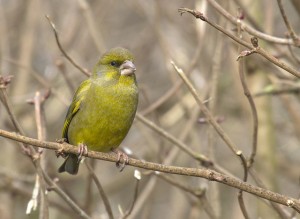Lake Life Survey April 2017
We’ve undertaken a survey of the insect life in the lake with London Wildlife Trust. The results have been sent to Greenspace Information for Greater London. We found water-boatmen, water snails, beetles, larvae for dragonflys and damelflies; all indicating that the lake is in good health at the moment.
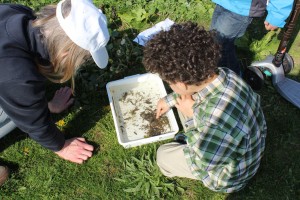
The London Wildlife Trust have identified six indicator species which show that Burgess Park has good habitats for biodiversity. Whilst there are many other species of wildlife in the park, the presence of these six indicate the overall health of the habitats in Burgess Park. The species are listed below.
Common Blue Butterfly
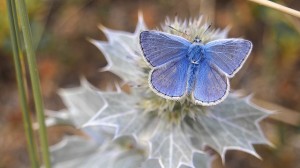
Why is it an indicator species?
Demonstrates good developing grasslands rich in wildflowers.
Speckled Wood Butterfly (Pararge aegeria)
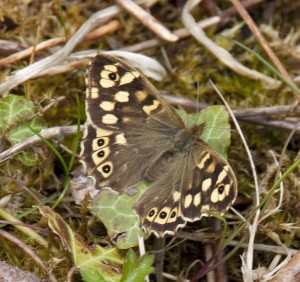
Attribution License
Why is it an indicator species?
Demonstrates good structural woodland and woodland edge (roughland and tall herb) habitats.
Damselflies and dragonflies
Various species. (e.g. southern hawker, common red damselfly)
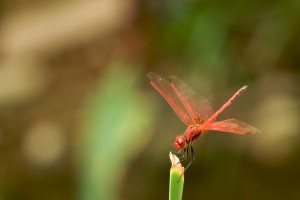
Attribution License
Why are they indicator species?
Demonstrates good quality wetlands with adequate vegetation (the more species the better but generally 3-5 species are typically found around good quality urban ponds).
Kestrel (Falco tinnunculus)
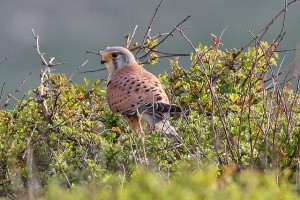
Attribution License
Why is it an indicator species?
A kestrel’s presence regularly hunting over grasslands indicates good quality grasslands supporting mammal populations plus adequate areas of trees for breeding.
Blackcap (Sylvia atricapella)
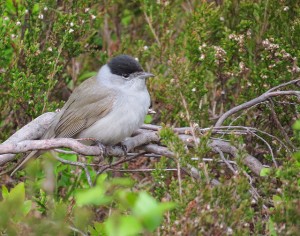
Attribution License
Why is it an indicator species?
A blackcap’s presence in June is an indicator of good structural woodland and scrub habitats supporting good invertebrate populations and providing cover for breeding birds.
Greenfinch (Carduelis chloris)
Why is it an indicator species?
A greenfinch’s presence in June is good indicator of tree and woodland quality as these birds breed in trees with good canopy cover and plentiful leaf invertebrates.
Indicator species information sheet WHAT ARE INDICATOR SPECIES
